Rabobank Senior Seafood Analyst Gorjan Nikolik sees promising indicators for farmed shrimp and salmon
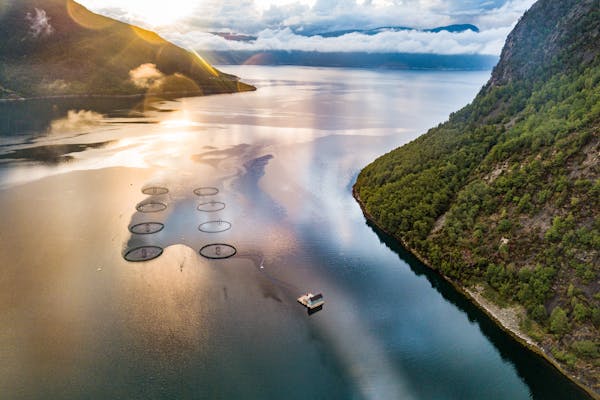
The aquaculture industry can be cautiously optimistic as it enters the second half of 2024, as demand improves and costs normalize, according to a new report from world-leading food and agribusiness analysts at Rabobank.
Gorjan Nikolik, senior analyst at Rabobank, explained that demand growth for both salmon and shrimp in the second half of 2024 remains uncertain, but there is optimism for both markets as Western economies recover. Although salmon and shrimp farming face ongoing biological challenges, feed costs are expected to drop due to improved fishmeal supply.
Salmon supply back to growth in H2 2024, but challenges remain
The salmon industry is navigating a challenging time, with a cautious outlook for supply recovery primarily driven by Norway and Scotland. While significant strides have been made in addressing the industry’s biological issues, these problems have not been entirely resolved. As a result, the supply of salmon is expected to remain constrained through the second half of 2024.
“There was a serious decline in supply in Norway due to biological challenges,” Nikolik told the Advocate. “There were negative numbers in the first half of the year, but now we are seeing plus 4 percent. We’re slowly emerging from the problem.”
In Norway, winter wounds bacterium severely downgraded salmon quality, affecting up to 40 percent of the supply in some weeks and causing the prices of superior-grade salmon to skyrocket.
“The disease has been bad for a while in Norway and correlates with low temperature,” said Nikolik. “A typical farm will have a 90 percent superior salmon or more, but they were at 80 percent. So there is a significant shortage of high-grade Norwegian salmon.”
Meanwhile, the Chilean salmon industry struggled to increase supply due to algae blooms and regulatory constraints.
“In Chile, the supply issue is even bigger and it’s not recovering,” said Nikolik. “La Niña will bring cooler water, so it should get better.”
Seasonally warmer temperatures in Norway and cooler temperatures in Chile are expected to reduce winter wounds and algae blooms, respectively. This sets the stage for anticipated supply growth in the second half of 2024. However, there are still no long-term solutions to the biological challenges faced in 2023 and the first half of 2024.
The sluggish demand recovery, particularly in the US and Japan, adds uncertainty to the outlook and reduces the profitability of the sector. Even with positive economic signals, demand might not pick up during the second half of 2024.
However, reduced feed costs will offer some relief, but given the lengthy production cycle, the lower cost of fishmeal will only marginally affect the per kilogram production costs of salmon in the second half of 2024.
The good news for the industry is the recent success of land-based flow-through technology. This will continue to make headlines in the second half of 2024, but it won’t change the overall limited supply situation.
“We are optimistic that the problems will eventually be solved,” said Nikolik. “A lot of technology is being deployed at solving these challenges, which could help. The disappointing thing was the market. It was worse than expected, but our research indicates that it’s getting better.”
Shrimp prices in Western markets rise from record lows, but global recovery remains uncertain
The global shrimp industry is cautiously emerging from one of the worst periods in the industry’s history. Low prices unseen for at least a decade, combined with high costs due to El Niño-induced shortages of fishmeal, made shrimp farming unprofitable globally.
In early 2024, prices in the West bottomed out and are now gradually normalizing. This is partly because Western demand, affected by inflation, is no longer decreasing, while key producers like Vietnam and Indonesia have also reduced their supply.
“U.S. shrimp imports decreased but improved in early 2024,” said Nikolik. “This improvement is partly due to buyers purchasing shrimp before countervailing and anti-dumping duties took effect. So, it’s getting better, but the increase is marginal and from a low point.”
The price recovery is still tentative in the second half of 2024, as Chinese demand remains uncertain. Lower feed costs and the promise of improved prices are triggering supply growth, led by Ecuador, India and Vietnam. A new oversupply situation remains a key risk for prices in the second part of 2024.
Improved market conditions in the US and EU may offset a potential decline in imports from China. The industry is relieved that the tariffs imposed in the United States, although unwelcome are lower than expected. But the full impact of the antidumping and countervailing duties will become evident in the second half of 2024.
Finally, feed costs are expected to decrease in the second half of 2024, as the supply of fishmeal normalizes, which should improve farmer profitability.
Overall, the second half of 2024 is expected to bring modest growth in the farmed shrimp supply, driven by Ecuador, India and Vietnam. Whether prices improve will depend on demand from China. Ecuador’s plans to expand into Western markets will increase competition with Asian suppliers, influencing the uncertain prospects for price recovery.
“Since China’s import market might be difficult, this growth of Ecuador likely will have to be in Europe and the United States, and that makes them even closer in competition with Asian countries,” said Nikolik.
Fishmeal outlook brightens with anticipated return of La Niña conditions
In early 2024, the year-long El Niño concluded, which had significantly reduced anchoveta biomass and had caused a decline in Peru’s fishmeal and fish oil production. By April, with normalized weather conditions and increased biomass, Peruvian regulators reinstated a quota of 2,475 million metric tons (MT).
In the second quarter of 2024, the Peruvian anchoveta fishery sector rebounded, leading to robust production of fishmeal and fish oil. A 100 percent catch rate and high yield of fish oil marked a successful end to the season. Prices for fishmeal decreased, although have not yet returned to pre-El Niño levels.
“Expectations are that aquafeed costs could decrease by 5 percent to as much as 10 percent in 2024,” said Nikolik. “Fish oil yields have been good, which will help alleviate high prices. Soybean has reached a low price point and fishmeal and fish oil have corrected, so we should see lower feed costs overall. I think that’s the most important news for the sector.”
However, Nikolik said another successful fishing season might be needed for a complete price correction. With La Niña conditions expected, good fishing is anticipated in the second half of 2024, leading to further normalization of fishmeal prices, which currently remain relatively high compared to soybean meal.
Read our coverage of past Rabobank reports.
Now that you've reached the end of the article ...
… please consider supporting GSA’s mission to advance responsible seafood practices through education, advocacy and third-party assurances. The Advocate aims to document the evolution of responsible seafood practices and share the expansive knowledge of our vast network of contributors.
By becoming a Global Seafood Alliance member, you’re ensuring that all of the pre-competitive work we do through member benefits, resources and events can continue. Individual membership costs just $50 a year.
Not a GSA member? Join us.
Author
Tagged With
Related Posts
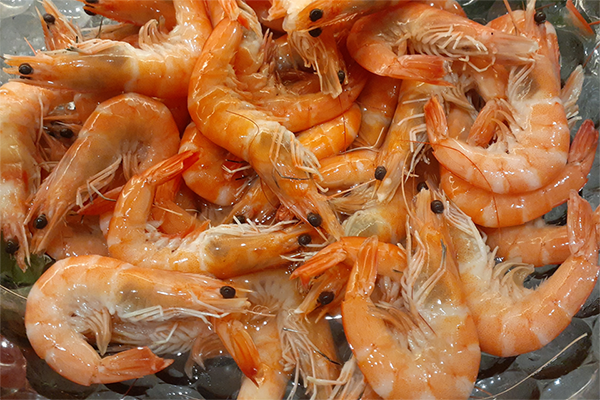
Intelligence
‘Mixed recovery’: Rabobank forecasts modest growth for shrimp industry in 2024, but global market challenges hinder bounce-back efforts
A new Rabobank report forecasts modest growth for the shrimp industry in 2024, but ongoing global market challenges hinder a full recovery.
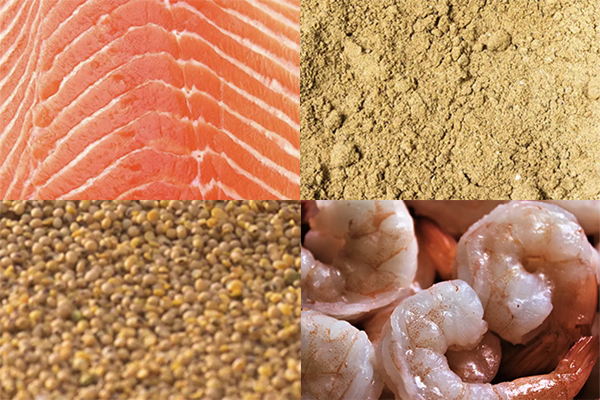
Intelligence
Salmon aquaculture to remain strong in 2024, but shrimp sector expected to struggle: Rabobank
Rabobank analysts predict better supply for salmon aquaculture and fishmeal in 2024, but low market prices for shrimp may become “the new normal.”
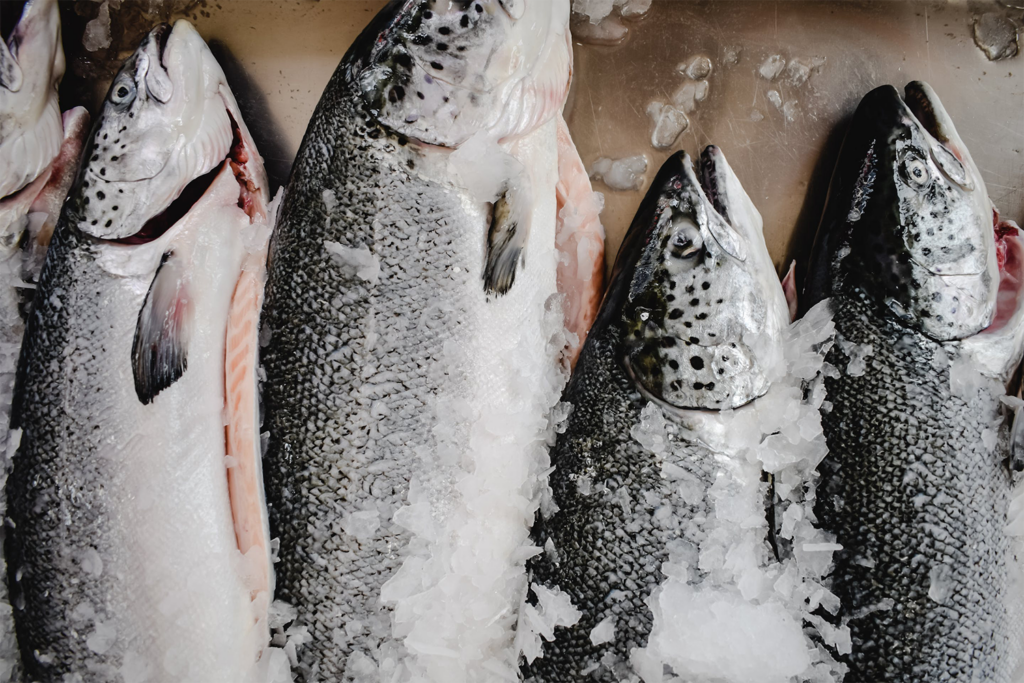
Intelligence
After a turbulent 2023, ‘signs of optimism’ ahead for global seafood production
Rabobank's annual seafood production report suggests a more optimistic production outlook for 2024 compared to 2023.
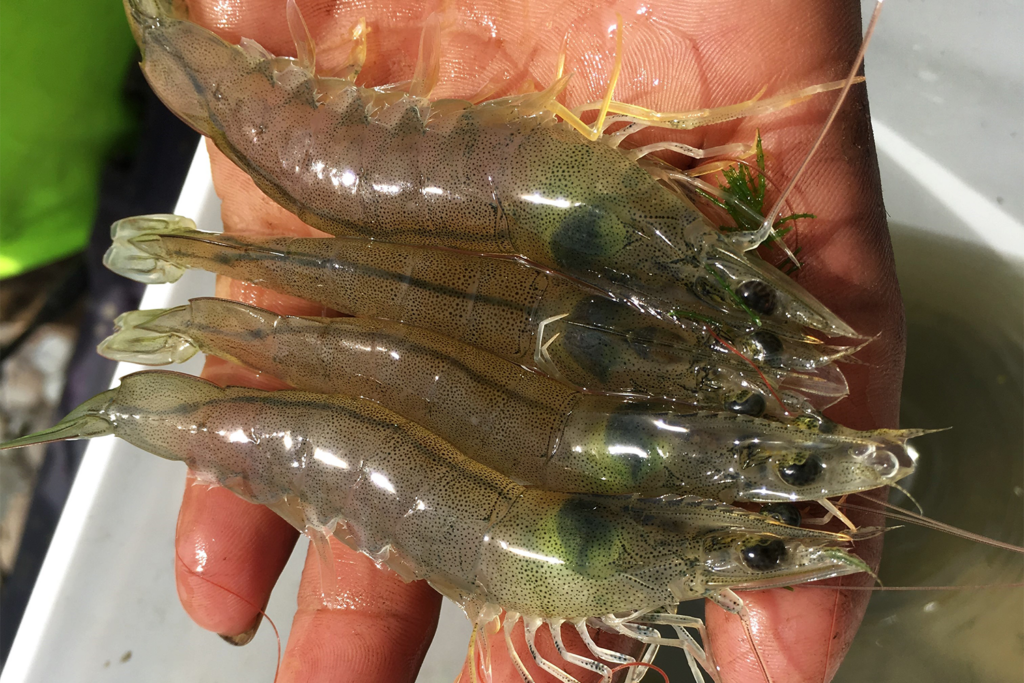
Intelligence
Annual farmed shrimp production survey: A slight decrease in production reduction in 2023 with hopes for renewed growth in 2024
GSA’s annual global shrimp production survey suggests that after a robust 2022, this year will see a modest supply drop with an uptick coming in 2024.



